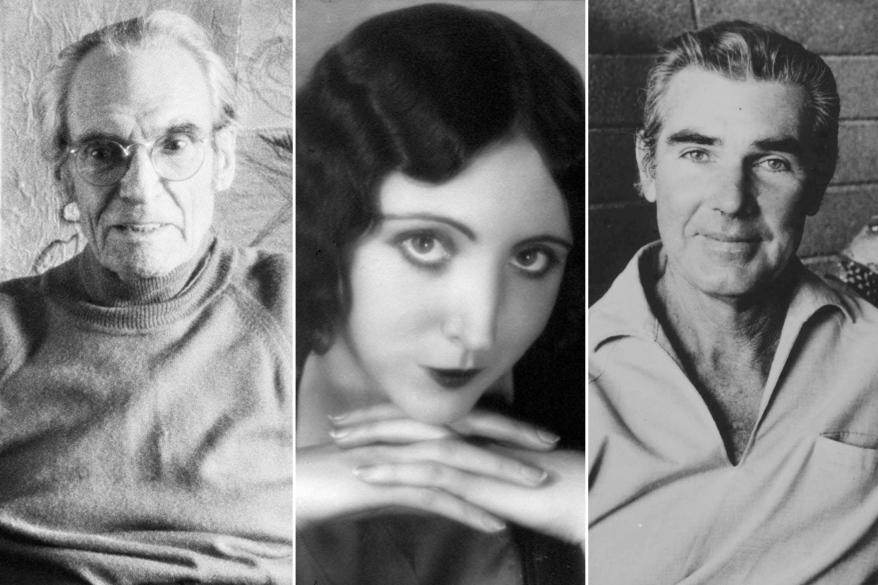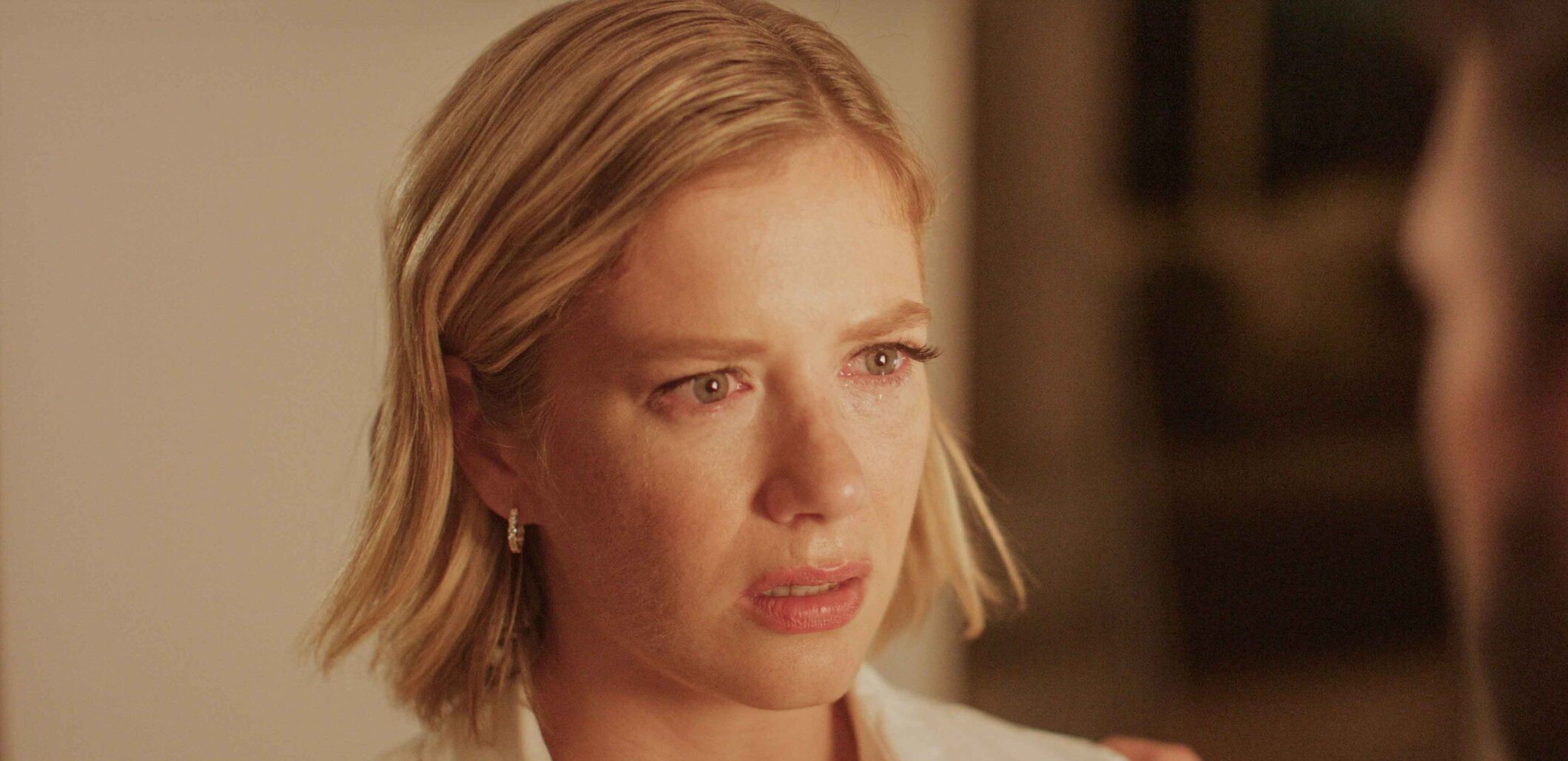Helmed by director Jeff Hare, ‘My Two Husbands’ narrates the story of Brooke, a charismatic flight attendant living a dual life. She is simultaneously married to an affluent businessman, Dane, while being the wife of her high school sweetheart, Stefan. Stefan is aware of the arrangement, and despite Brooke’s misgivings, the two are in the middle of a scheme to swindle Dane out of a fortune. However, the plan begins to unravel when Dane’s perceptive daughter, Eliza, starts to suspect foul play. The Lifetime thriller spins a sensational and thrilling tale that seems to reflect a level of authenticity in its over-the-top plot.
My Two Husbands: Real Life Parallels
Weaving a story of double lives and deception, ‘My Two Husbands’ is a work of fiction written by Michael Perronne that inadvertently shares some similarities with an intriguing real-world case of bigamy. Brooke’s internal conflict and the high-stakes deception create a narrative reminiscent of a predicament faced by Anais Nin, who kept her two husbands secret from one another for most of her life.

A mid-20th-century writer known for her erotica, Nin was married to filmmaker Ian Hugo, who was financially sound. Having cheated on Hugo while on a trip to Paris in her late 20s, Nin began to document her passionate encounters in a diary that she would later publish. However, it was at the age of 44 that she began to lead a double life after a chance encounter with actor Rupert Pole in an elevator. The two were on the way to a party in Manhattan in 1947, and soon, a passionate relationship began. The ruggedly handsome Rupert was sixteen years younger than Nin and was dropping acting in favor of becoming a forest ranger in California.
Nin would concoct elaborate schemes to fool Hugo and frequently leave their home in New York for trysts with Rupert in Los Angeles. Her lover was under the impression that Nin had divorced Hugo and, in 1955, proposed to her with a diamond ring at the bottom of her drink. They married in a courtroom in Arizona, and Nin began the husband juggling of a lifetime. Keeping her dual marriages secret from both her partners and the world, she wove an expansive web of lies that she kept track of with an array of well-maintained files that she called the lie box.
Much like Brooke in the film, the secrecy, and moral ambiguity did affect Nin. Additionally, she was afraid of being discovered and legally prosecuted for bigamy. Yet, much like the former, she found complementary qualities in either man. While Hugo provided a sense of financial security and long-held comfort over the decades of their marriage, Rupert filled her with passion and inspiration. Of course, unlike the case with Brooke, she wasn’t trying to harm either man with a predetermined scheme, and their ultimate confrontation is the antithesis of the thriller movie’s conclusion.
After years of nearly being discovered, Nin was diagnosed with cervical cancer in 1974. As she practically lay on her deathbed, Nin revealed the truth to her husbands as they stood over her at the hospital. Both of them forgave and absolved her, realizing that she could not bring herself to give either of them up over the years. Her biographer asserts that the two (especially Hugo) were reasonably certain of her unfaithfulness. But they were too in love with Nin to give up the half of her they had in favor of finding the whole of another woman.
While Nin’s case does not have the criminal element of Lifetime’s ‘My Two Husbands,’ it is reflective of the moral dilemmas and elaborate schemes created by Brooke as she struggled to juggle two marriages. Both stories underscore the complex emotional and ethical terrain of living a double life and the impact it can have on all the parties involved.
Read More: Danger in the Dorm: Is it a True Story? Was Becky Swafford a Real Person?


